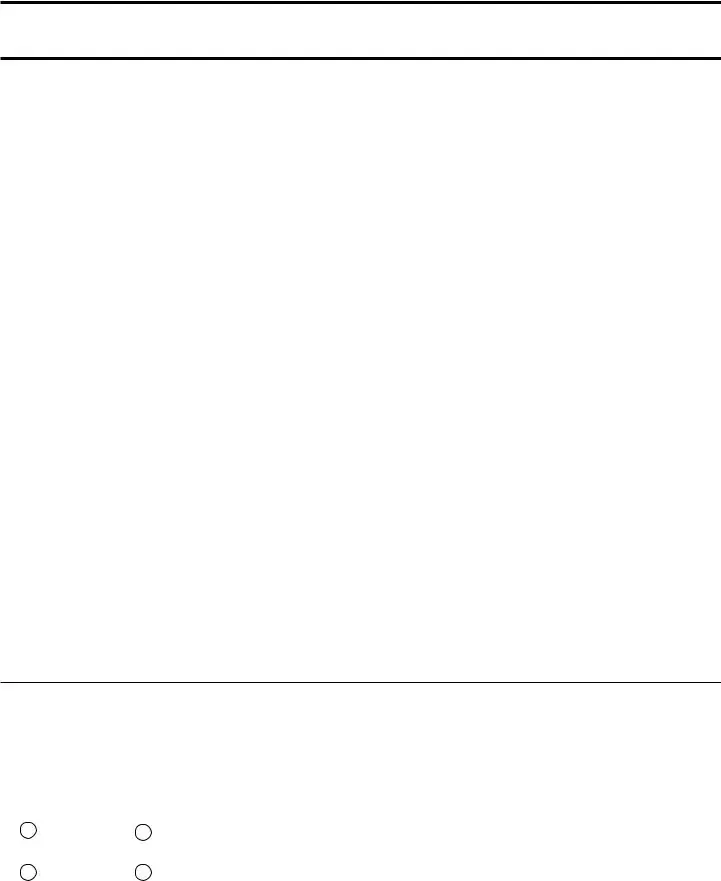The IRS Form 941, officially known as the Employer's Quarterly Federal Tax Return, plays a crucial role in the financial landscape for businesses across the United States. This form is primarily used by employers to report income taxes, Social Security tax, and Medicare tax withheld from employee paychecks. Every quarter, businesses must file this form to ensure compliance with federal tax regulations. It captures essential information, including the total wages paid to employees, the number of employees, and the taxes that have been withheld during the quarter. Additionally, Form 941 allows employers to claim any adjustments for prior quarters, making it a vital tool for maintaining accurate tax records. Understanding how to complete this form correctly can help businesses avoid penalties and ensure that they meet their tax obligations on time. With careful attention to detail, employers can navigate the complexities of this form and contribute to their overall financial health.
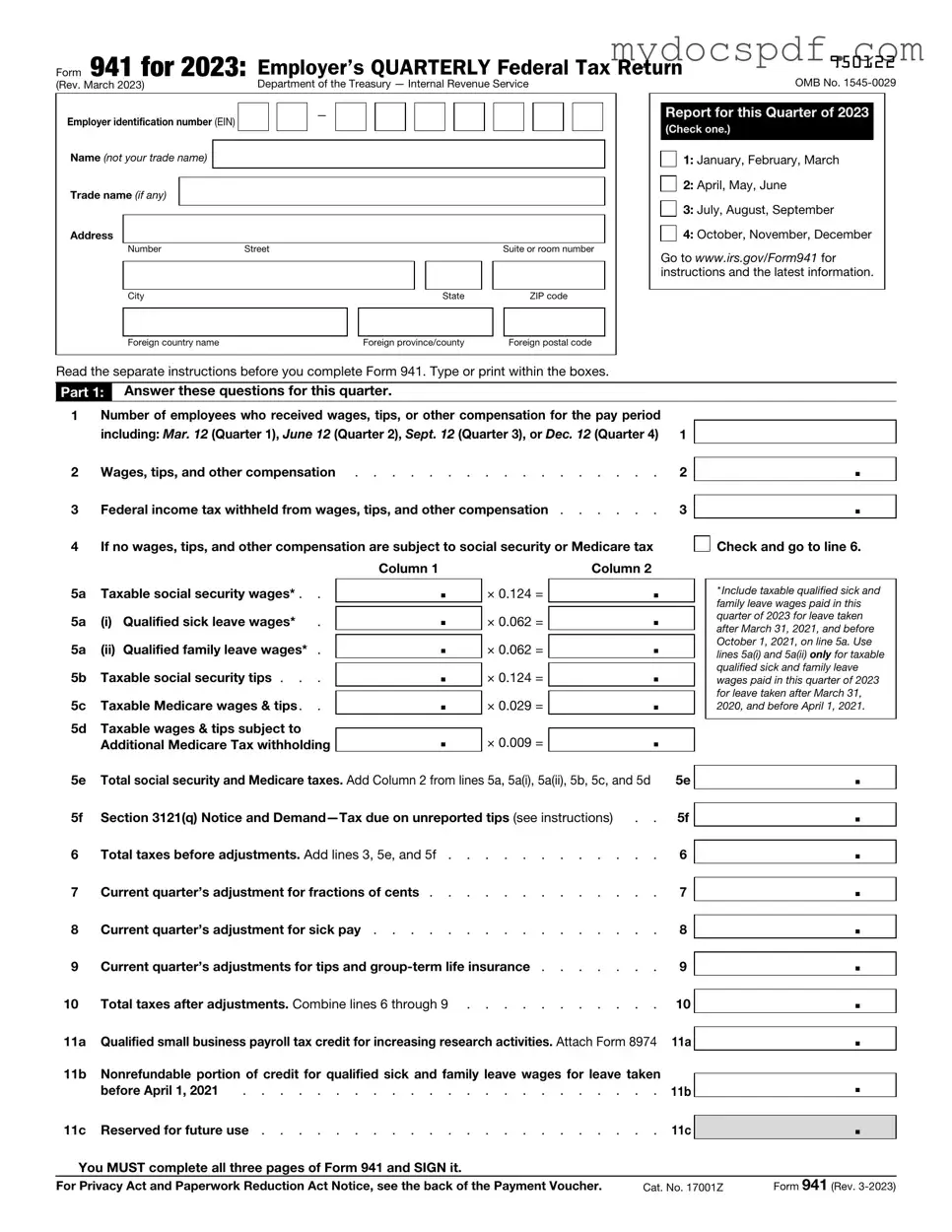
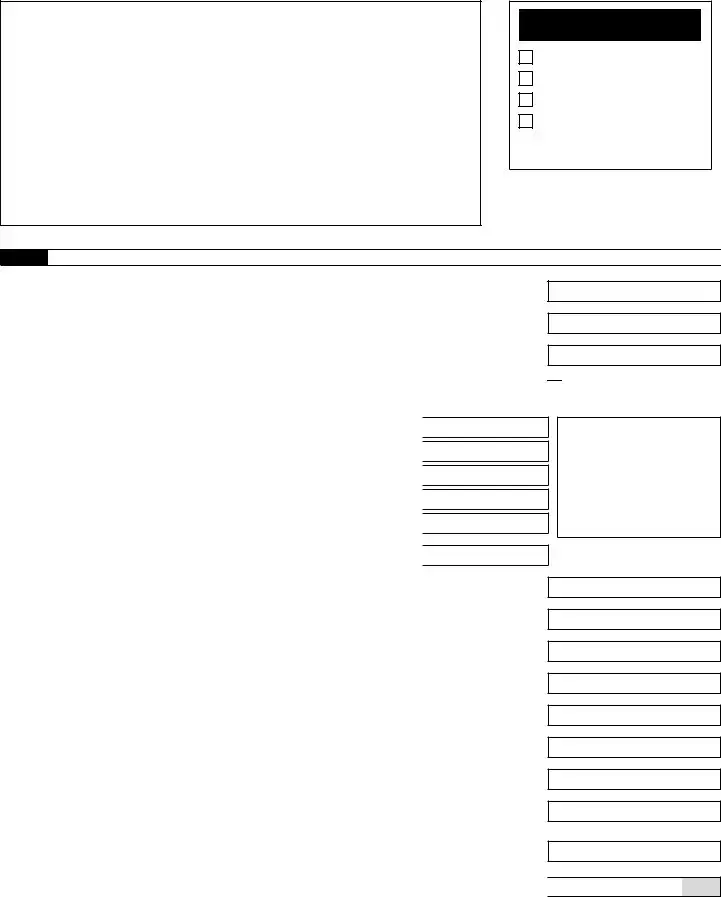

 Check and go to line 6.
Check and go to line 6.
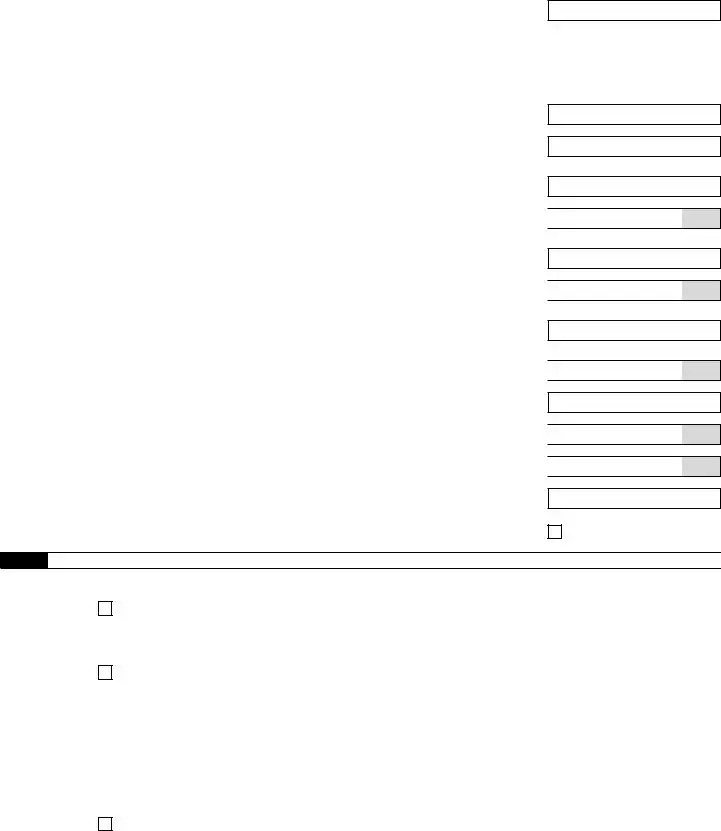
 .
. .
. .
. .
. .
.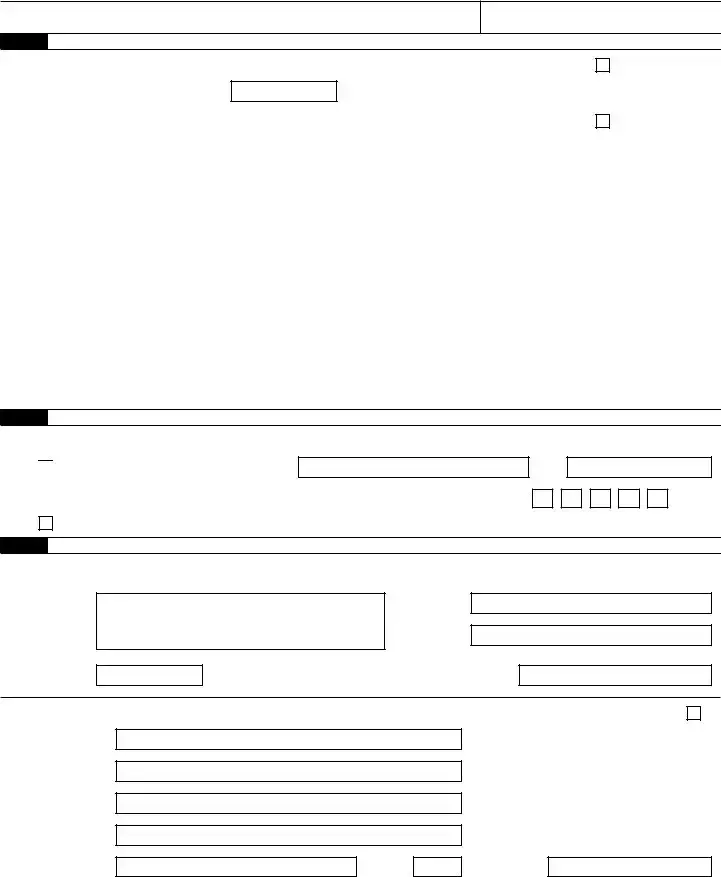

 Yes. Designee’s name and phone number
Yes. Designee’s name and phone number